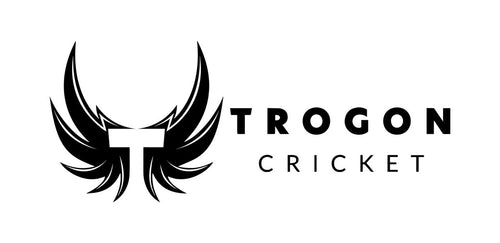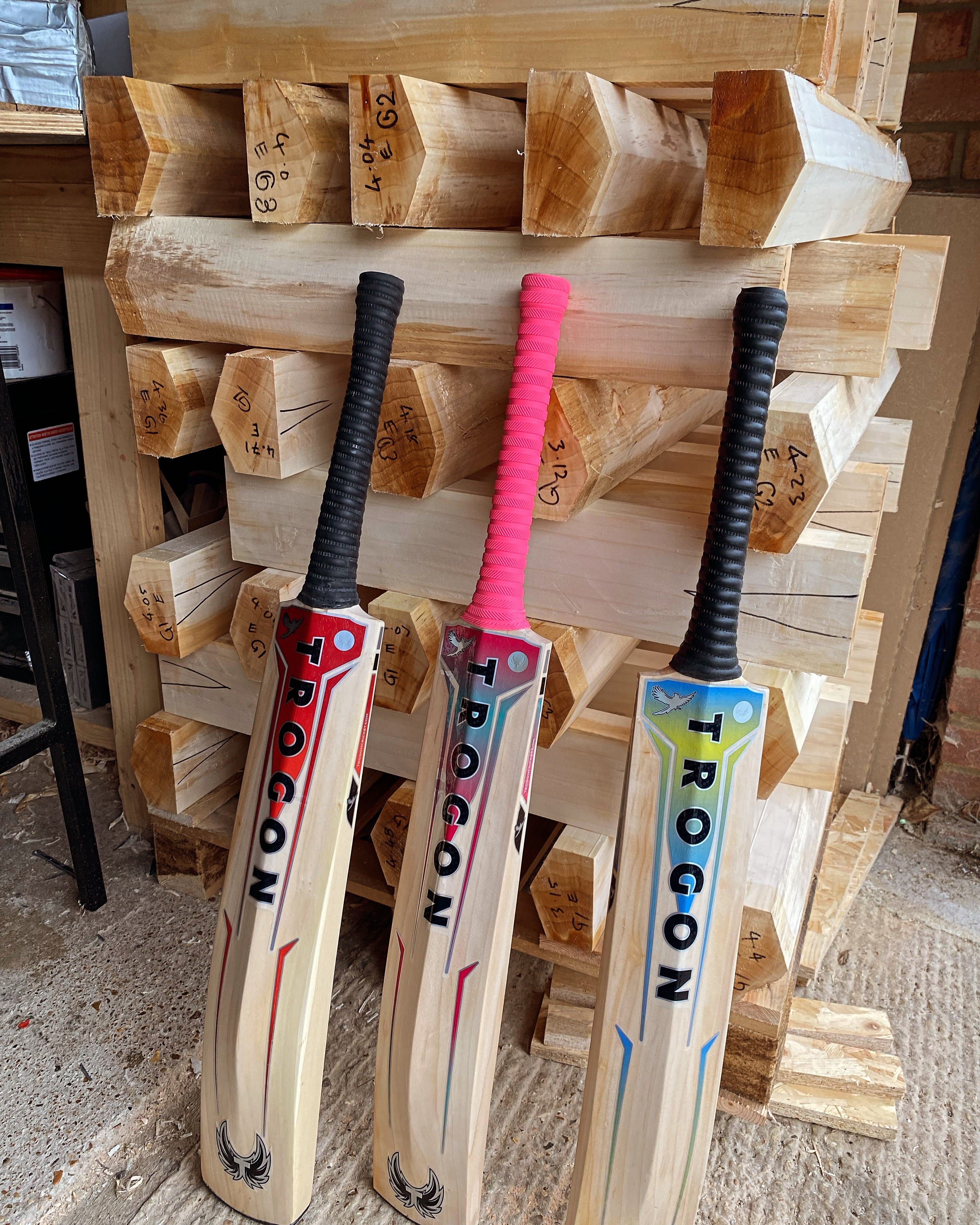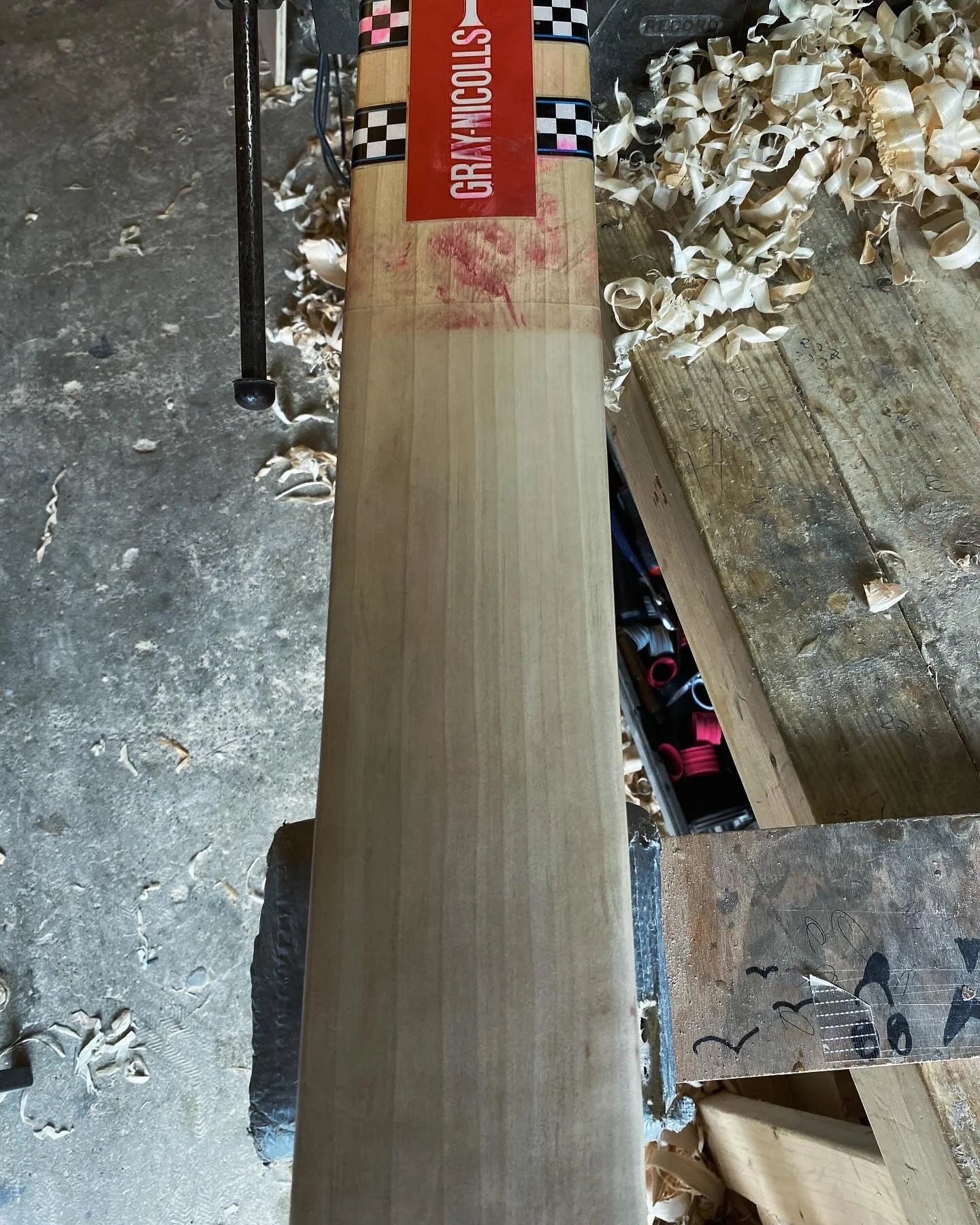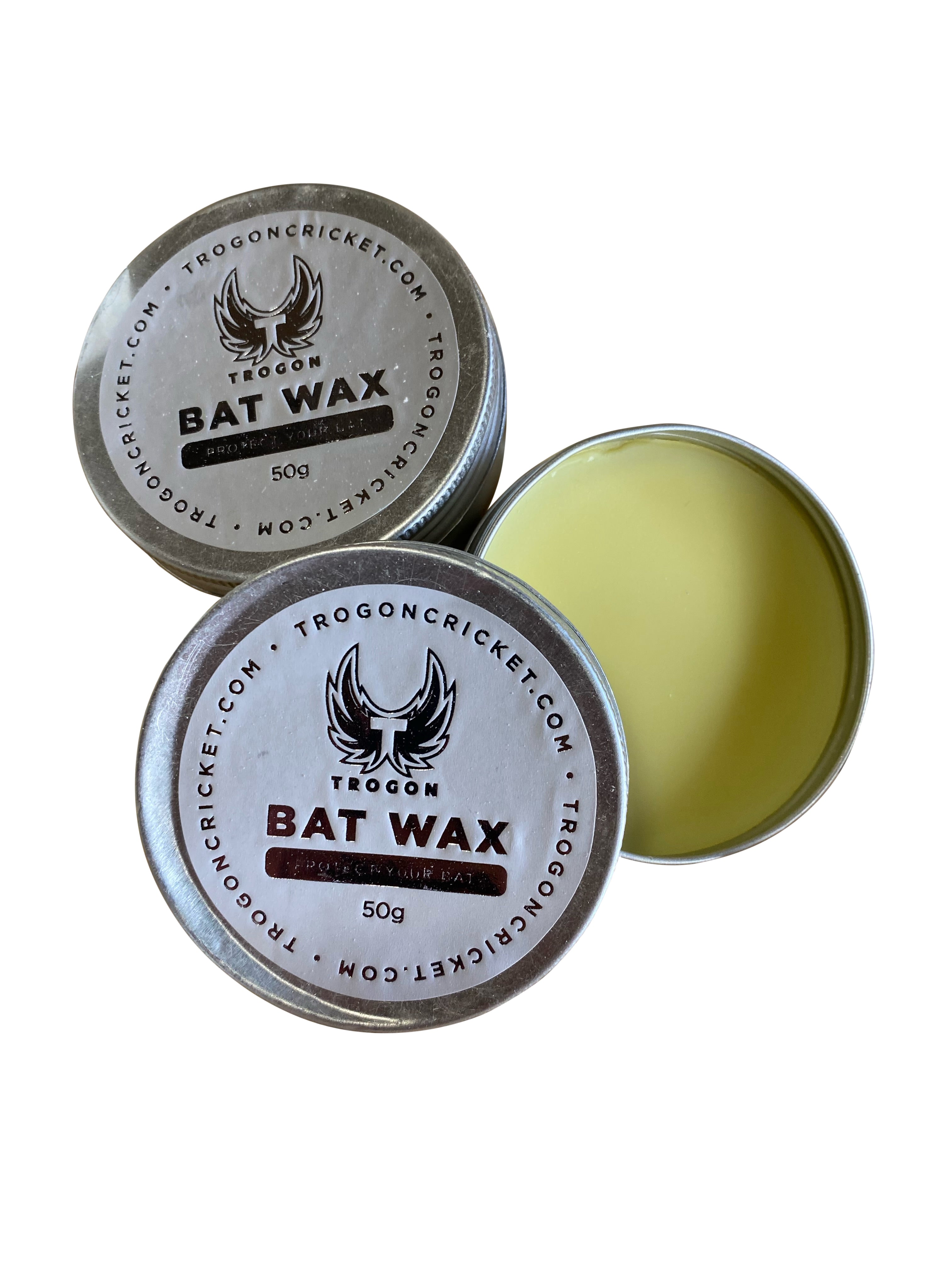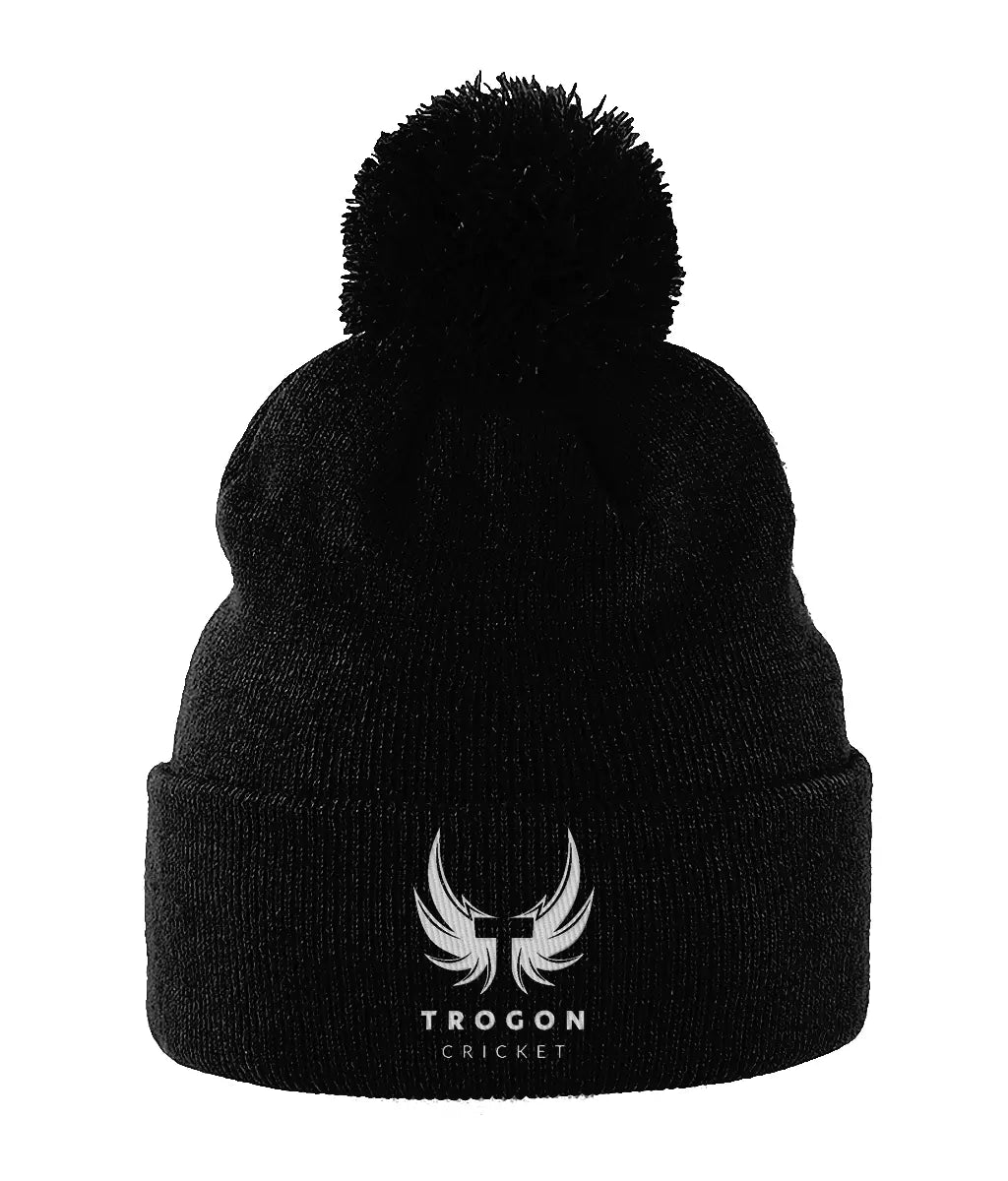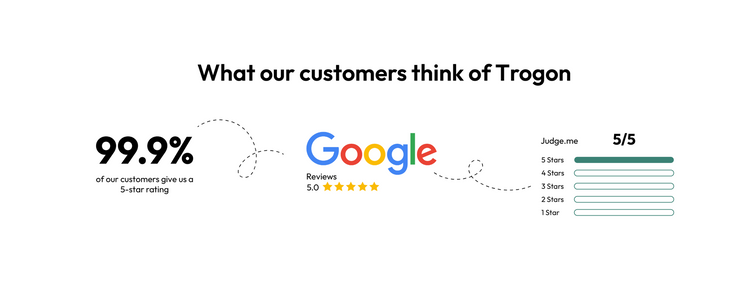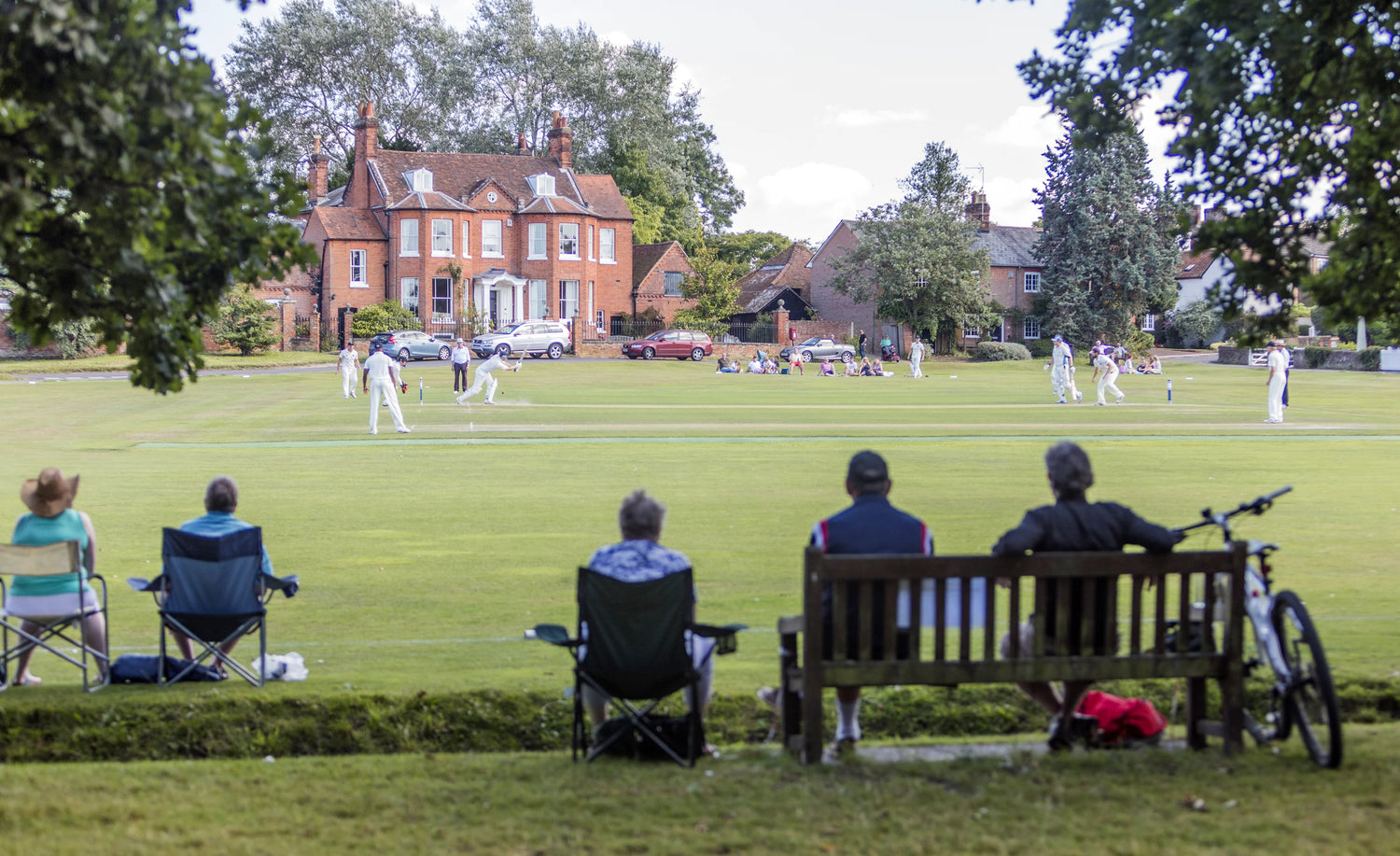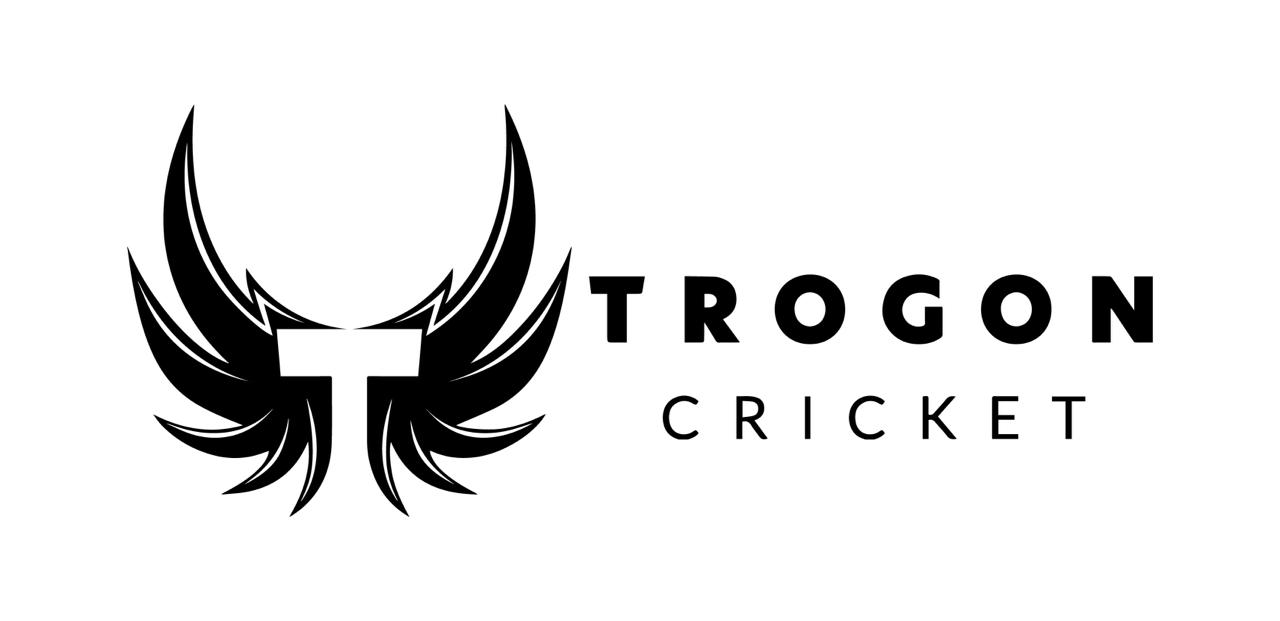Long-handle custom-made cricket bats that are uniquely tailored to each player's style and preferences.
In this blog, we explore the meticulous process of designing and constructing a long-handle bespoke cricket bat, ensuring it aligns perfectly with the batter's requirements.
But, before we start, what is a long-handle cricket bat?
A long-handle cricket bat, with its extended handle, is perfect for players 1.88m-2.1m (6.16ft - 6.88ft) tall, offering improved reach and control. It's ideal for those over 6 feet, enhancing comfort and power in gameplay, a top choice for cricketers.
So, keep reading, and let's delve straight into it.
Initial Discussion with the Customer
The journey of crafting a long handle custom made cricket bat begins with an in-depth consultation with the customer.
This initial discussion is crucial as it helps us understand the specific requirements and preferences of the batter. During this consultation, we gather detailed information about the desired edge size, middle position (do you want a low middle, mid-high middle or high-middle?), cricket bat weights, handle shape, toe shape, and other customization features.
For players with a height ranging between 1.88m to 2.1m, the target weight of a long handle bat is typically around 2lb 9oz or heavier, depending on the player's preference.
This weight ensures a balance between power and control, allowing the batter to execute a wide range of shots with ease. However, we understand that every player is unique, and we are more than willing to adjust the weight to suit their specific needs.
The below image shows the general size guide for cricket bats that manufactures use.

Selecting the Correct Cleft Based on the Grade of Willow
Pressing the Cleft
Once the cleft is chosen, it undergoes a crucial process known as pressing. This step involves compressing the willow to enhance its strength and resilience. The amount of pressure applied is carefully calibrated to maintain the perfect balance between hardness and flexibility.
This ensures that the bat provides excellent rebound qualities, vital for achieving those powerful shots.

The above picture shows me pressing a raw cleft on our custom-made pressing machine. Before the pressing starts, I've cleaned the face, sometimes known as 'buzzing' the blade, and then I add water to the face, which stops the face from cracking. The pressing process is completed by ear; during the pressing process, I regularly check the performance and sound to see when the pressing is complete.
Splicing or Adding the Handle
The handle is a critical component of the cricket bat, as it influences the overall balance and feel. In this stage, we splice the handle into the cleft. The handles are made from top-quality cane and rubber or cork, which provides the necessary stiffness and shock absorption.
We pay special attention to the handle's shape and alignment to ensure it complements the blade perfectly, whether round, oval or semi-oval cricket bat handles, these are discussed during the initial conversation.

The above image shows me using our custom-made handline jig to cut the raw cricket bat handle.
Shaping the Blade
Shaping the blade is an art form in itself. I meticulously plane the willow to achieve the desired profile. Whether it's a full-profile bat for aggressive hitters or a more traditional shape for technically sound players, we shape each blade according to the batter's playing style.
This customization allows for enhanced control and power distribution throughout the bat.

The above image shows me using a traditional drawknife which is used to remove lots of wood, before the more intricate planing starts. You can see from the image that I have the middle marked, and the toe shape is coming along nicely.

The above image shows me using a traditional (albeit new) wooden plane to work the work. This tool is used for the more intricate elements of the bat shaping.
Sanding
Sanding is a vital step in achieving a smooth, flawless finish. We use a combination of hand and machine sanding to remove any imperfections and to prepare the surface for further treatments.
This process not only enhances the appearance of the bat but also plays a role in its performance.

The sanding process for all hand-made cricket bats has a few different parts. First, I use the custom-made sanding drum, which can be seen above. Once this is complete, I will move on to hand sanding, which you can see in the image below.

Hand sanding a cricket takes over an hour and goes through multiple sanding grits.
Binding the Handle
Binding the handle is essential for reinforcing its strength and durability. We use high-quality twine to tightly wrap around the handle, providing additional support and ensuring a comfortable grip.
This binding process also aids in absorbing the shock from the impact of the ball.

The above image shows me binding the cricket bat handle (to see it in action, check out our socials). This is a custom-built binding machine; we've pretty much built our lathe. First, we securely fit the bat to the machine, then glue the handle and then start wrapping the twine around the handle. It's a process that took around 4-5 months to master!
Polishing and Waxing
Polishing and waxing are the final touches that bring out the natural beauty of the willow.
We use premium quality waxes and polishes to enhance the wood's grain and protect it from moisture and wear. This not only makes the bat look stunning but also helps in its longevity.

The above image shows me applying a polishing compound to a polishing wheel.

Using my bench grinder, I run the cricket bat on all sides to provide the cricket bat with a nice look.
Stickering
Adding stickers to the bat is more than just a branding exercise. It's a way to personalize the bat and give it a unique identity.
Our customers can choose from a variety of sticker designs.

Finishing the Bat with Anti-Scuff or Extra Tech
The final step in the bat-making process is applying an anti-scuff sheet or extra tech to the face of the bat, or some batters prefer to leave as a clean face. You can read more about extra face protection and if it's worth it.
We can also add a toe guard, to protect the bat from damage and wear. This ensures that the bat remains in top condition, match after match.
Conclusion
At Trogon Cricket, we pride ourselves on crafting high-quality, long-handle custom-made cricket bats that cater to the unique needs of each player.
Our extensive selection of Grade 1, Grade 2, and Grade 3 English willow clefts allows us to offer a wide range of customisation options.
Whether you're looking for a specific long-handle cricket bat weight or a particular design, we have the expertise and resources to create a bat that meets your exact requirements.
Buying With Confidence from Trogon
If you've reached this point, I sincerely thank you for reading it all through. Your interest and support mean the world to me, and it's greatly appreciated.
Whether you're here to learn more about our cricket bats or other products or just out of curiosity, your engagement makes a real difference. Thank you for being part of our Trogon journey.

Trogon Product Guarantee
6-month guarantee on all cricket bats. That means if you purchase a bat through us and it breaks, as long as it has been knocked in properly, we will replace it like for like. This is our commitment to you on top of your statutory protections when buying products online.
Click on the below link and see our beautiful collection of handmade English willow cricket bats. We make our bats in all shapes and sizes, all different weights, we have a bat for every one.
